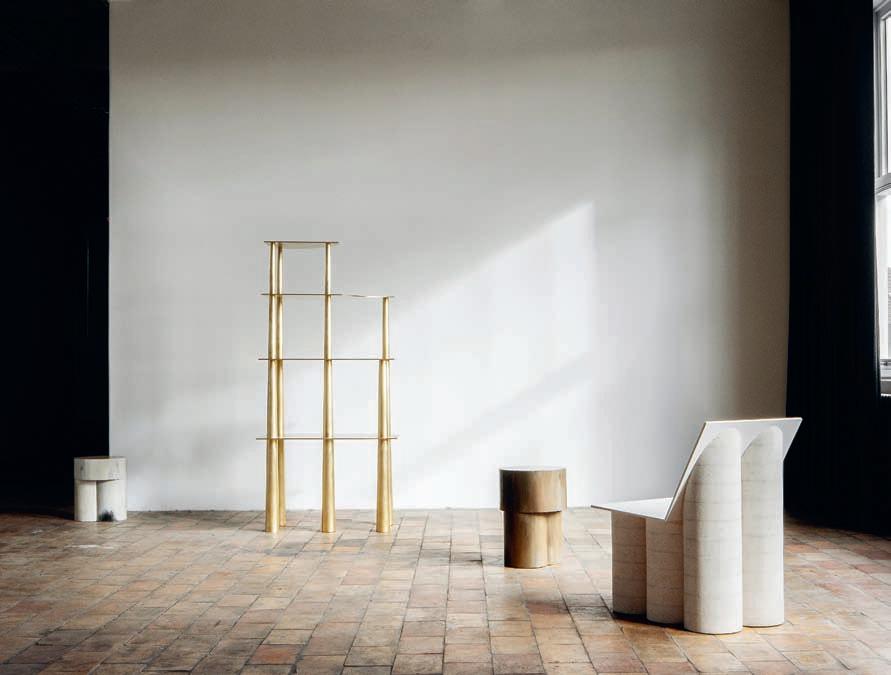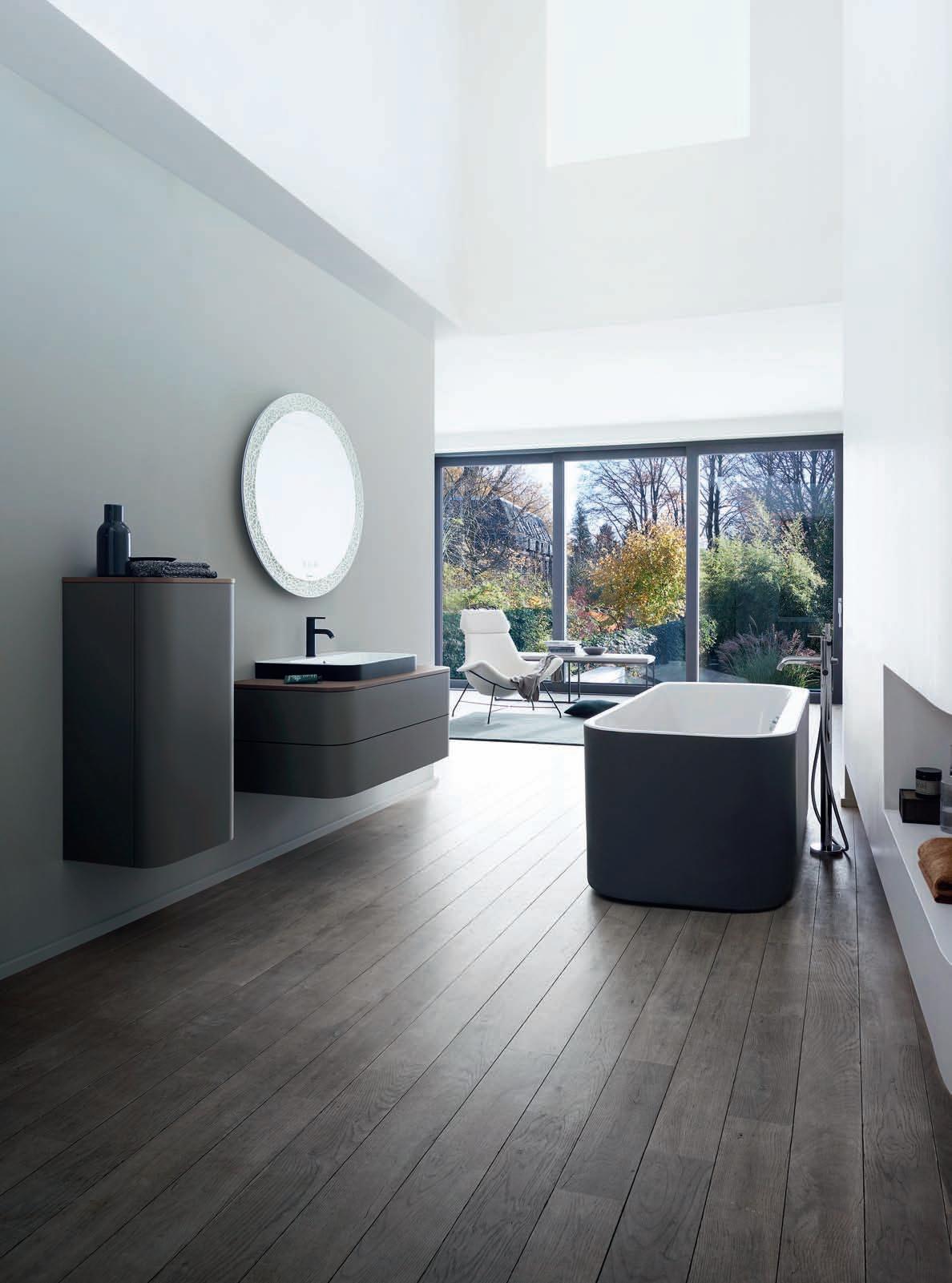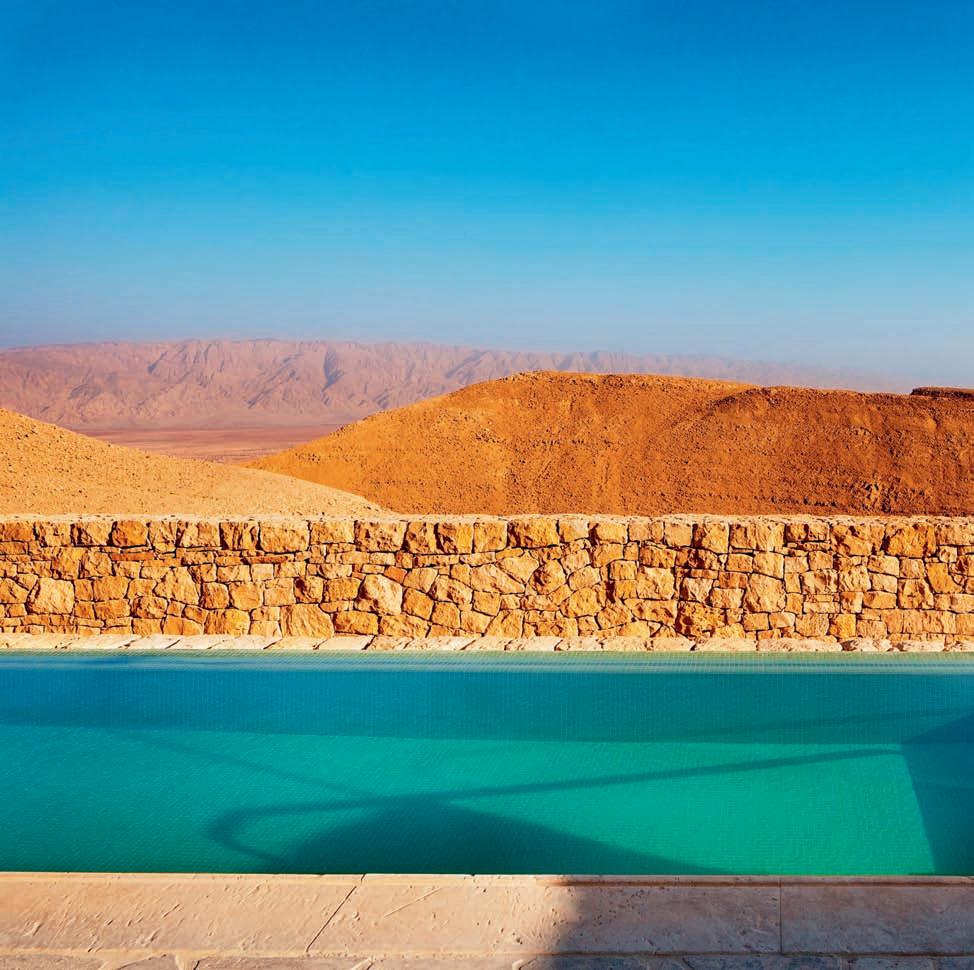
6 minute read
Q&A Linde Freya Tangelder of experimental design studio Destroyers/Builders
Linde Freya Tangelder
The founder of experimental studio Destroyers/Builders is Belgian design show Biennale Interieur’s 2020 Designer of the Year. On the eve of a show of her work in Kortrijk, she spoke to Design Anthology UK
Being crowned Designer of the Year comes with its fair share of praise and scrutiny. Are you comfortable in the limelight? To be honest I have to get used to that a bit. For the last five years I have been focusing on letting my collection grow; I have mostly been in the atelier, working on new pieces. So the contrast between working with your hands behind the scenes, and then being in front of cameras and getting more attention from press, is quite extreme. But in a way I like both, since I love talking about what inspires and drives me, as much as working on the pieces.
You moved to Belgium after graduating from Design Academy Eindhoven. What drew you to its design scene, and how do you fit in? From the moment I did an internship in Antwerp at design studio Unfold, I knew this would be the place for my own studio. There’s something about the chaotic and charming architecture, the city and the people, that I felt connected to. My interest in architecture has become more activated in recent years, and Belgium is so different to structured Dutch urban planning. About the design scene, in Belgium you can see a large increase in collectible design, which is a very good fit with my work. The aesthetics of Destroyers/Builders are much more connected to Belgium, I think. Early on you spent time working at Brussels’ Maniera gallery. Did that inform your work in terms of a connection between design and art? At Maniera the connection between sculpture, architecture and design became stronger in my work – more outspoken. It also gave me much more belief in the potential of the field of design-art. To see things from a gallery perspective was important in knowing how I wanted to work in relation to galleries.
Do you consider your work to be more rational or emotional? Art or design? Both? I am striving for a balance between design and art; sculptural and architectural elements are the core of my projects. Although my working methods are as intuitive as an artist’s, parts of the process are design based. Since my work is about the senses, I want to create objects that emotionally connect with the user.
How do you decide what projects to take on? Where do your ideas sprout from? The projects I take on are also intuitive. I stay very close to my initial idea of design, even for larger-scale productions. The brands should always be a natural fit for my work, like [Antwerp design label] valerie_objects, who give me freedom and will not force me in a commercial direction. My ideas sprout from As told to Elizabeth Choppin
building sites, material fragments, architectural fragments old and new, colours, surfaces etc.
In your work, you’ve combined industrial design with experimentation. Do you think that there is enough experimentation within industrial design overall? These days, only a few experimental projects made in an industrial way are launched by industrial design companies. There is enormous potential in giving life to these experimental projects on a slightly larger scale. But that may slowly change, I hope. Also, some design companies do not work in mass production, so smaller editions or lower amounts become more common. It’s a good thing.
Can you tell us about the collective that you co-founded last year? BRUT is a collective of five emerging Belgian designers: Ben Storms, Nel Verbeke, Charlotte Jonckheer, Bram Vanderbeke and me. The junction of our work is a natural consequence of our similarities in idiom, concepts and vision. We exemplify a young generation of Belgian designers who value the significance of collaboration and collective involvement within the contemporary and international design landscape.
What are your aims for BRUT? BRUT dedicates its attention to the sculptural, architectural and emotional potential that contemporary Belgian design has. On the one hand, this focus is a result of the personal sensibilities of the participating designers – the corresponding characters of their practices. On the other hand, however, it creates a common ground and motive for us; it defines a larger special experience.
How much do you discuss your work with other designers, or look to other creative disciplines for inspiration or feedback? Above Objects from Destroyers/ Builders’ 2019 collection – the Bolder Seat, High Section étagère and Bolder Chair
I normally do not discuss that much of the design process with other designers. It’s only when the project has been realised that I like to hear about the perception of others – not just designers, but architects, artists, gallerists… I think it is always inspiring to get a wider feedback from different fields. With BRUT I do discuss a lot of other things and some are very practical and logistical – business-wise this helps us all, I believe. But we also talk about materials, techniques. The design itself I think is so personal, and I would never want to influence another design style with my own vision. I think it is good that these different designers’ worlds can stand next to each other.
Earlier this year you were selected for FAR, the first exhibition of the contemporary arm of Nilufar gallery. Did that feel like a validation? I think they really had a specific concept in mind – it all had a lot to do with surfaces – and they made a super-contemporary show. I thought it was so cool they included the Archetype Series for this, since this project has something very traditional and contemporary at the same time. Now, Nilufar is representing my High and Low Section brass étagères as well and I think these pieces fit the gallery well. And by continuing the collaboration, my contact with the gallery became closer. This is important for me; I am definitely keen on long-lasting collaborations.

What will be in your exhibition (on from 7-8 December at Biennale Interieur in Kortrijk, Belgium)? Which pieces will you be showing? It will be an overview of recent and older work. I want to focus on the contrast in colours and textures in this exhibition, the rough and the shiny, the light and the dark, a diversity of shapes and materials. Probably the Bolder Seat in other versions, and the limestone Bolder Chair II will be shown. But we are still working on it. It’s to be continued… Above Windows of Bo Bardi, a side table inspired by, and named after, the Italian-Brazilian brutalist architect and her SESC Pompéia building in São Paulo
Happy D.2 Plus. Shape, colour and comfort.


Current trends unifi ed in one new bathroom series: an iconic design of harmonious rounded corners. Anthracite Matt sophisticatedly combined or expressively contrasting. Light or dark wood tones, satin matt fi nishes, gently sliding handleless pull-out compartments with self-closing and interior lighting. Design by sieger design. Duravit London, open now. For more information visit www.duravit.co.uk
Associative Design ‘The Best of Portugal’ Global Showcases. Featuring an expertly curated mix of contemporary and luxury Portuguese design and innovation.
* CELLULA modular bookcase by Corque Design
Living CorAL tapestry by Studio vanessa Barragão
Chaise longue by ville Kokkonen for AD Challenge 2017 ed.

TESoUroS DE BArro CoLLECTion clay pieces by André Teoman Studio
JOURNEY Distinctive destinations











